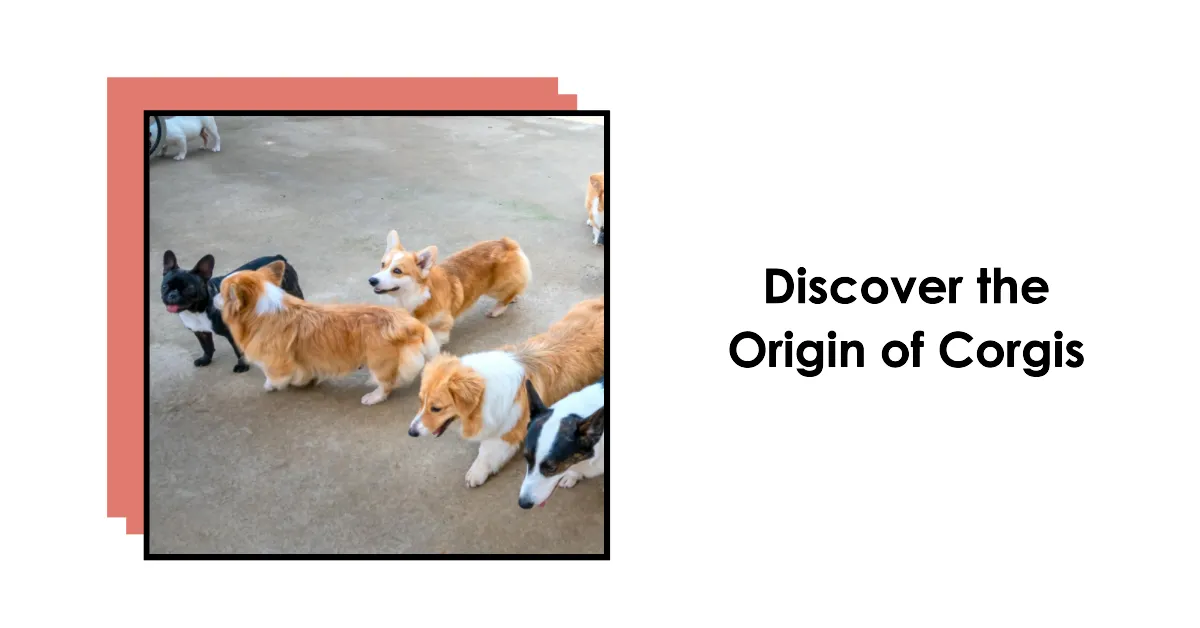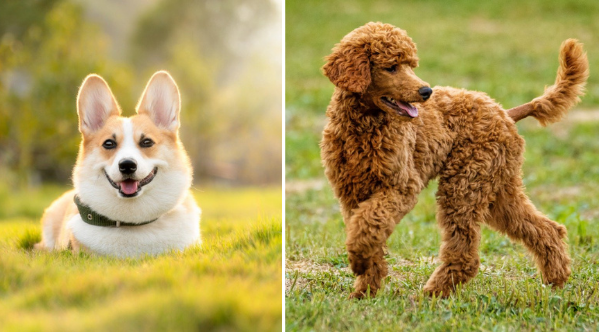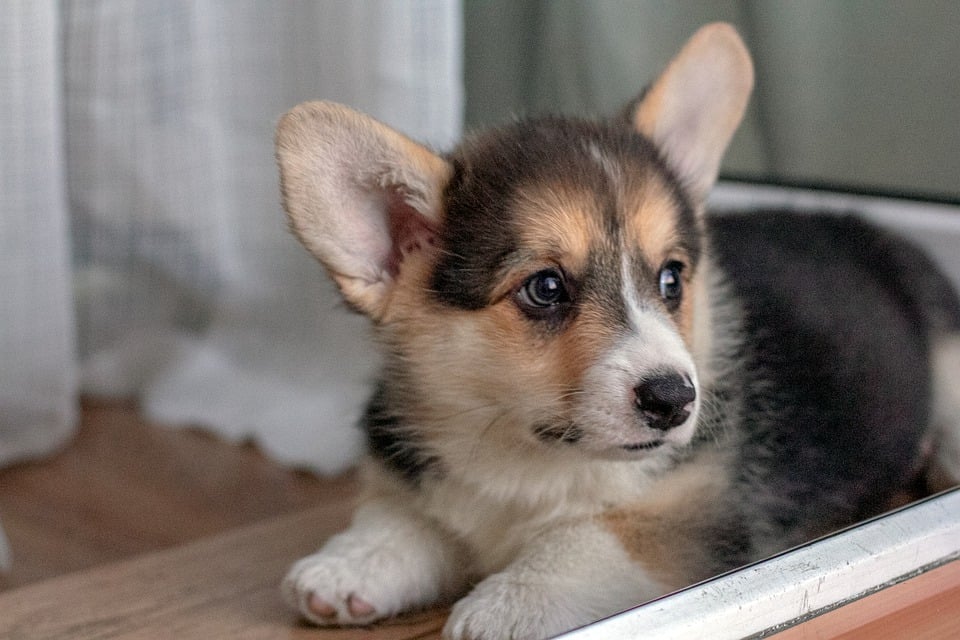Reasons Behind Corgi Sploot and Its Dangers

The average dog is nicer than an average person. They have myriads of ways to take our breaths away with their charm and cuteness. You might have seen corgis striking an adorable pose where they sit on their bellies. It’s trending all over the internet. Wondering what that cute pose is called? You are at the right place. Let us know all about corgi sploot and the reasons these furballs love to do it.
Splooting: Explained
If you have noticed your dog lay down a tad bit different than usual, you are not alone. Splooting is common among various dog breeds but corgis are the ones who popularized it. The ideal position for a dog to lie down is with its legs tucked beneath its torso, instead of being stretched out. During splooting, the corgi lays down on its belly. The hind legs are spread behind, flat on the ground.
Alternate names for splooting include Frogging, dog frogging, superman position, frog legs etcetera. It also demonstrates the flexibility in rear legs that the breed has inherited genetically.
Why do corgis sploot?

In most cases, they sploot just to comfort themselves, but sometimes there could be underlying concerns as well. Reasons why your corgi sploots are:
- To cool off: Corgis are warm-blooded creatures. By splooting, they come into contact with the colder surface and are able to balance their hot temperatures with their surroundings.
- Stretching: Much like their owners, corgis also need exercise to stay fit and agile. They often sploot to relieve all their joints and lie down comfortably.
- To gather your attention: Corgis love to be the center of attention when they are around people. They are smart enough to know when they look adorable and once they notice the smile on your face when you see them splooting, they will often do it for your pats and cuddles.
Types of splooting
Full-sploot
Front legs facing ahead whereas the hind legs are stretched out at the back. This is the most common pose that they strike.
Half-sploot

Just like the full sploot, the front part of their body is stretched outwards. However, one of the hinge legs is folded inside in this case. Corgis do this when they don’t want to stretch both of their hips, so they position one of their legs beneath their body.
Side-sploot
The lower back is bent to bent side just like humans when they lay sideways. Their hips touch the ground and this is a transitory pose between lying sideways and splooting.
Back-sploot
This one often scares people off as the puppy looks like he/she is unconscious. They like on their back with their front legs folded and body completely idle. This is an attempt to gather your attention and hints that they want to play.
Potential Risks associated with splooting

Splooting isn’t a primary symptom of any disease. However, if you observe it with other common symptoms such as lack of energy, stiffness and swelling then it might be the beginning of a serious problem such as:
- Arthritis: Dogs cannot speak like humans and tell us about their pain. Moreover, they have four joints which enables them to shift their weight on any one of those joints and feel good for the time being. However, this is bad for the long term. Since the body structure of corgis is rather miniscule, they often face back problems. If your dog shows signs such as : low energy, difficulty in walking, stiffness or swelling , reach out to your doctor as soon as possible .
- Hip Dysplasia: The most common health problem in corgis. If it persists for a long time then your dog may even lose mobility. Common symptoms include: Limping when walking, limited hip movement, stiff hips and hind legs., inability to exercise for extended periods of time, sound coming from the hips when moving.
- Injury: This can also be an underlying cause for splooting. Your corgi may feel pain due to a torn muscle or joint dislocation. Bleeding and swelling are common signs.
- Rashes: Rashes can make your dog feel warm near the area of occurrence . They sploot in order to cool down by lying on the colder floor.While most rashes can be treated by ointments, if you see the problem spreading in a wider region you should contact your vet.
Huskies, labradors and various other breeds sploot as well. You can even find images of various leopard geckos and turtles over the internet. If your dog does not sploot, we advise you not to try and make them sploot as it can be a bad experience for them and can even cause injuries.











